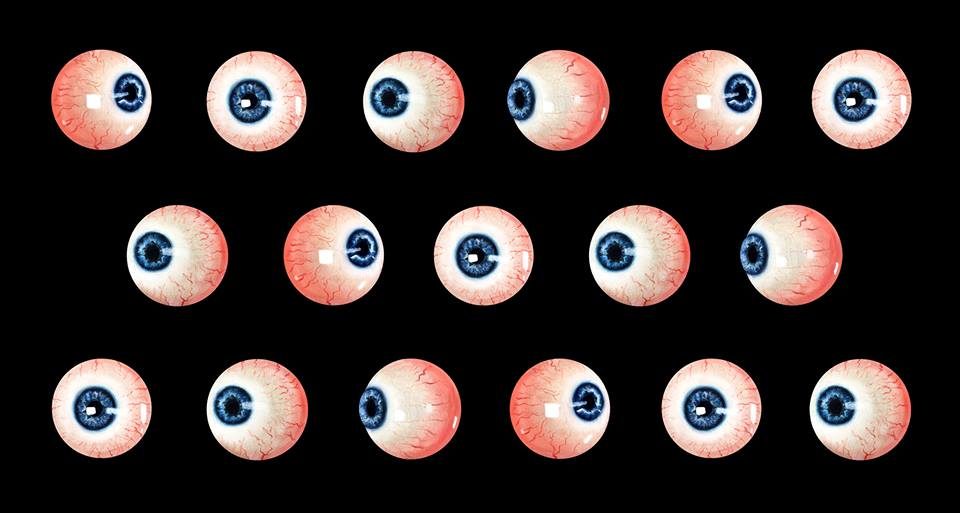And what does it mean in an art class context?
When thinking of people living in New Zealand, we notice there is a mixture of ethnicities and beliefs, but this does not automatically mean this is a place accepting of foreign cultures. According to indigenous population expert Dr Tahu Kukutai, she believes NZ is demographically diverse in terms of composition, and this is confused with multiculturalism. “This won’t change until we see a change is power sharing, and sharing of cultures.” (University of Waikato, 2015. 18:30).
This can be explained simply with different restaurants:
Assimilationis when a Chinese family come to New Zealand and open a fish and chip shop, rejecting their own cultural identity to live among the majority.
Integration is an Indian family having an Indian restaurant, but serving butter chicken, mild food with little spices to accommodate New Zealand tastes. In doing so, retaining some elements of their own culture, but still living as a part of the majority group.
Multiculturalism, would be traditional Chinese restaurants such as the few found along Dominion road. These owners maintain their original cultural practices and identity whilst living among the majority.

With this in mind, why is this relevant in education?
The New Zealand curriculum uses the word “culture” 32 times, not including in the strands or in the matrix. This proves the extent to which the ministry of education believes in the importance of incorporating it into everyday life in a school setting. For cultural diversity it states “The curriculum reflectsNew Zealand’s cultural diversityand values the histories andtraditions of all its people”. (Ministry of Education, 2007. Pg. 11) As well as in it’s values, and in particular the “visual arts strand”, making some form of culture a compulsory element of the curriculum at a junior level.
Though it is important to be accepting of all cultures, it is equally important for teachers to be informed of what it means to be respectful of a culture. In the past, I have used cultural patterns as the basis of my unit plans without going in to depth about what they mean or where they originate from.
To address this, there are a number of ways teachers can make changes to their own pedagogy.
Firstly, teachers can educate themselves about the cultures in their classrooms and adjust the work based on this, being able to adapt a unit to accommodate everyone’s backgrounds. An inquiry project would be the most thorough way of understanding how to approach diversity in education. As an extra measure, the school can organise professional development workshops about different cultures, and what that means for different cultures. As an art teacher, insisting for students to do research on the given topic, prior to using it.
Smith (2010) states that 40% of schools in Auckland are considered multicultural.
If so many of the students in these schools are from different backgrounds, then why are why treating them as though they all have the same backgrounds?
References:
Ministry of Education. (2007). The New Zealand curriculum. Wellington, N.Z.
Smith, J. (2010). Biculturalism and Multiculturalism: Competing Tensions in Visual Arts Education in Aotearoa-New Zealand. International Journal of Multicultural Education, 12(2), 1–18. Retrieved from https://eric.ed.gov/?id=EJ1104888
[University of Waikato]. (2015, August 26). Is New Zealand Really a Multicultural Society? Retrieved from: https://www.youtube.com/watch?v=NUbd7EGu36I

Hey Nikolina,
What caught my eye in this blog was your paragraph on ways teachers could create a more inclusive environment for different cultures. Like you eluded to, it is important that teachers educate themselves on different cultural perspectives of topics. This will allow teachers create a better variety of learning activities. More variety will help students from more diverse backgrounds find things they like.
I also believe that teacher-student relationships are very important in creating a more diverse learning environment. Getting to know your students, particularly those with more diverse backgrounds, allows you to find things about culture that you can not find in books or online. Getting to know each student individually will also instil a sense of inclusion and respect for them. This teacher knowledge about individual learners will also allow you to make task modifications easier as you are more informed to what different individuals value. On practicum, I found that trying to have more informal and relaxed chats with students helps them open up more about their culture and needs.
Student- fellow student relationships are also important. If students can learn from each other about different perspectives or Art or P.E it also creates an environment of diversity. One strategy to promote this could be to strategically choose pairs
or groups of students from diverse backgrounds to work together. Could you implement in this inquiry projects in art?
LikeLike